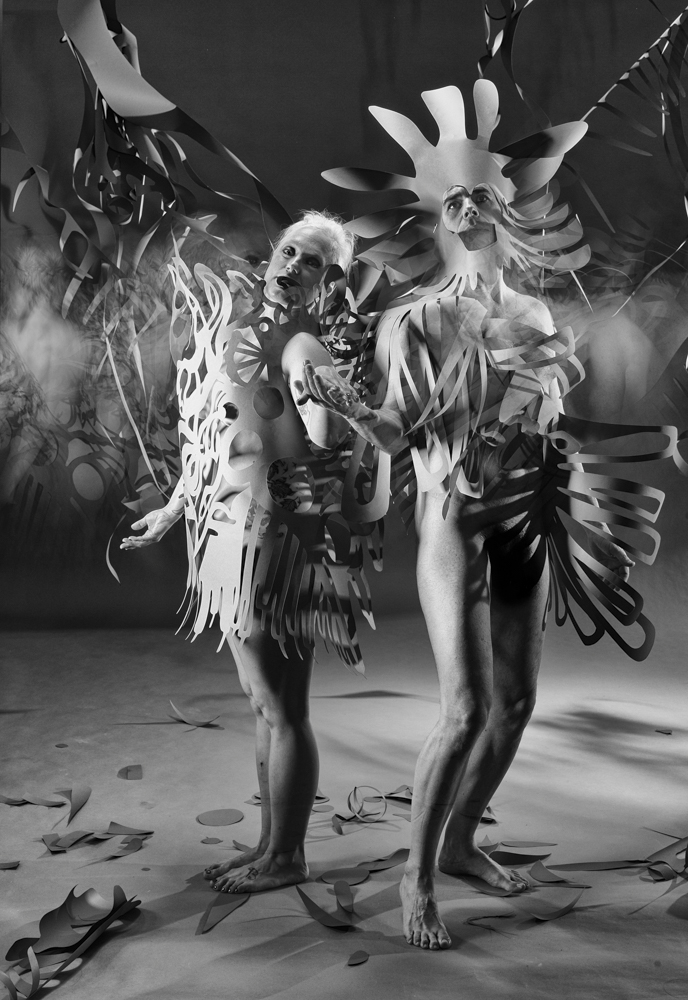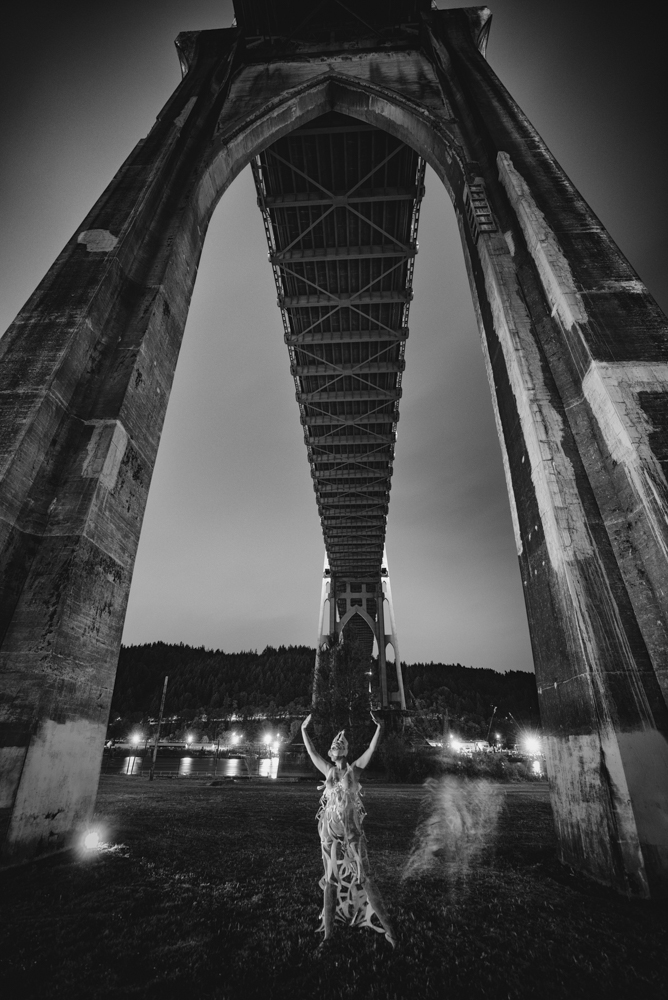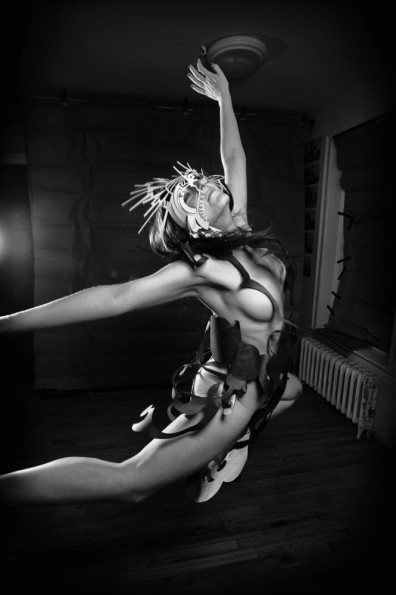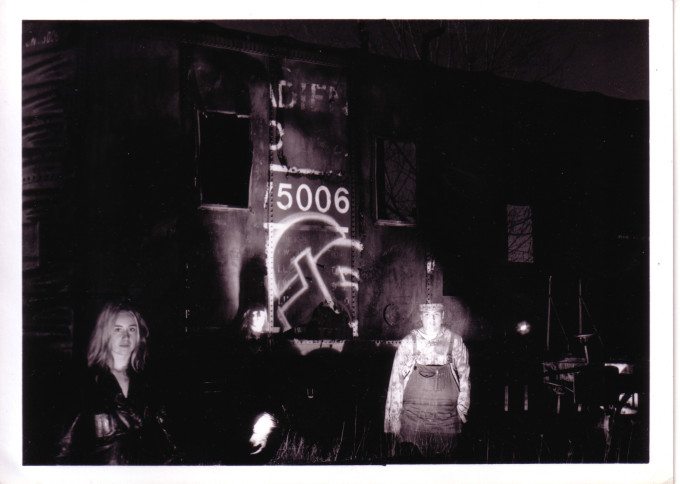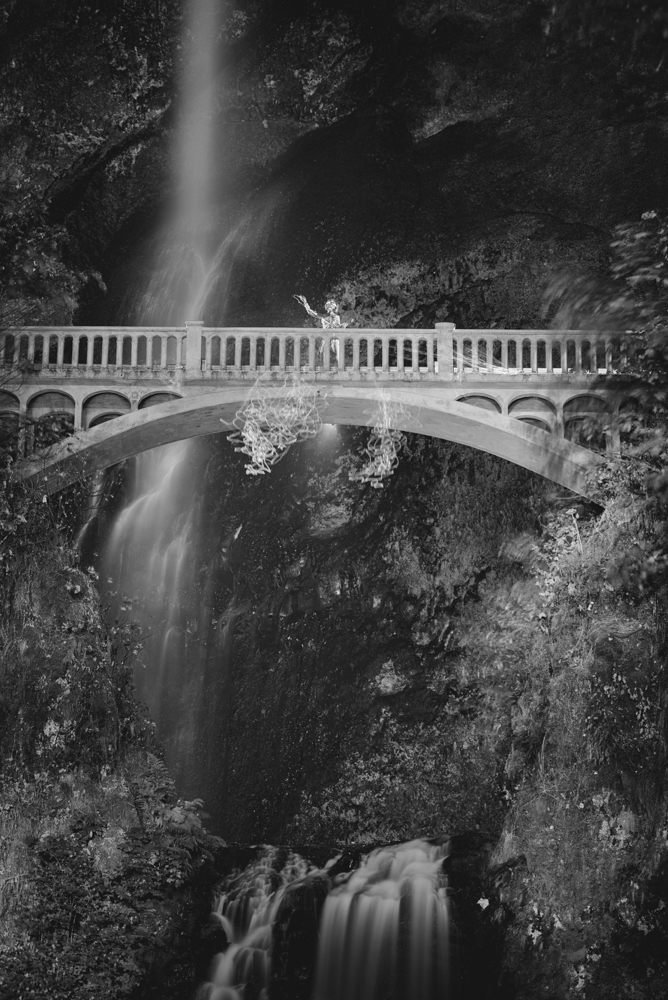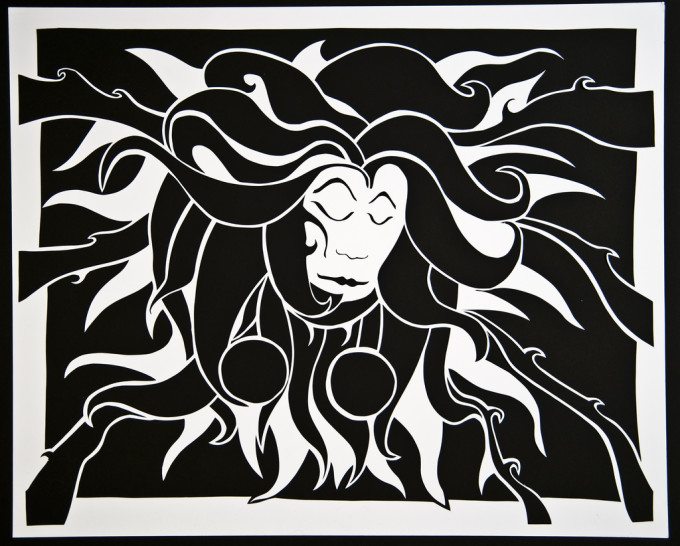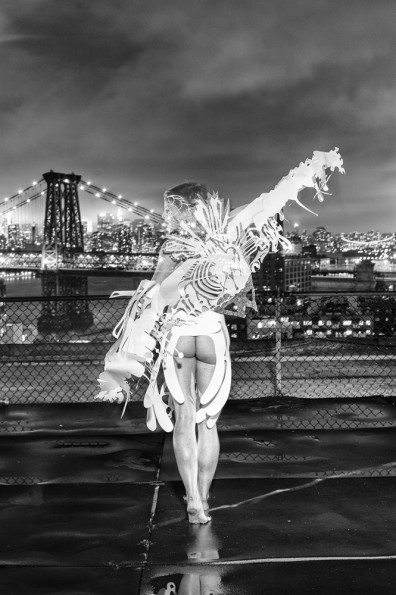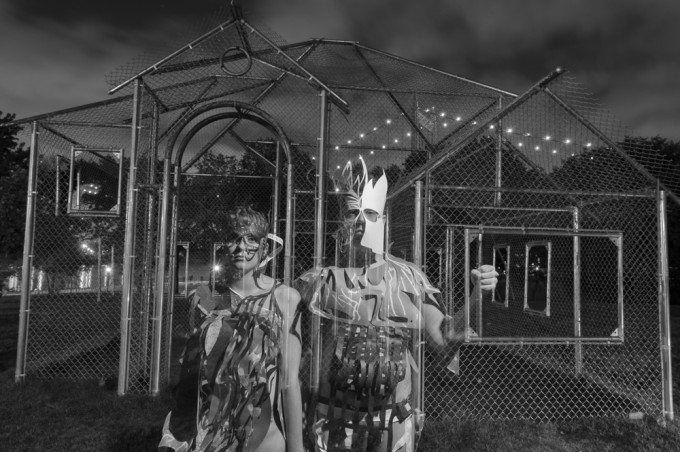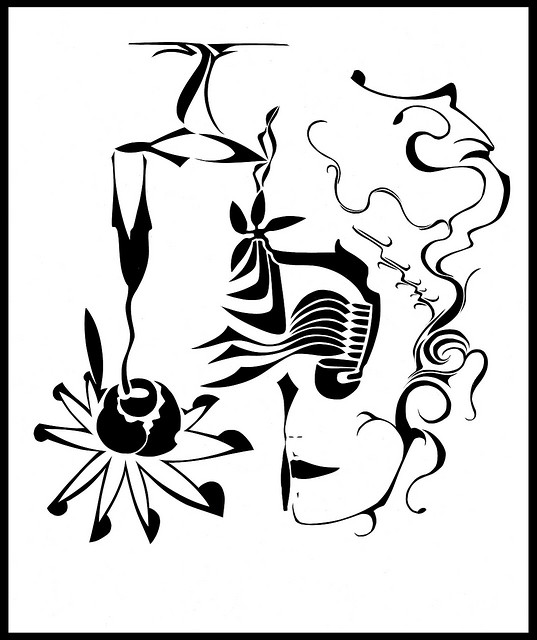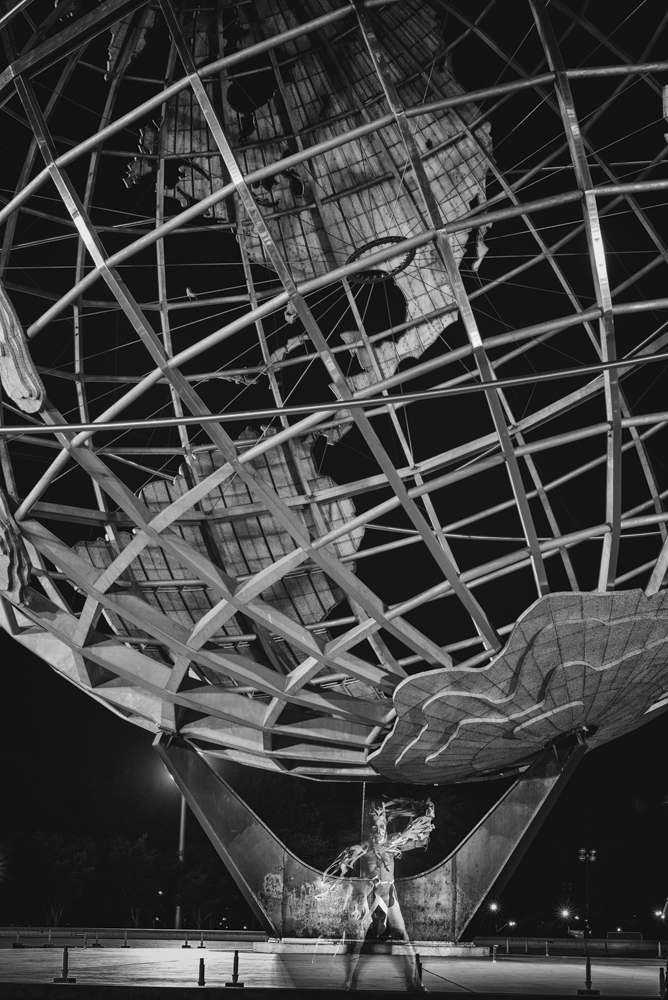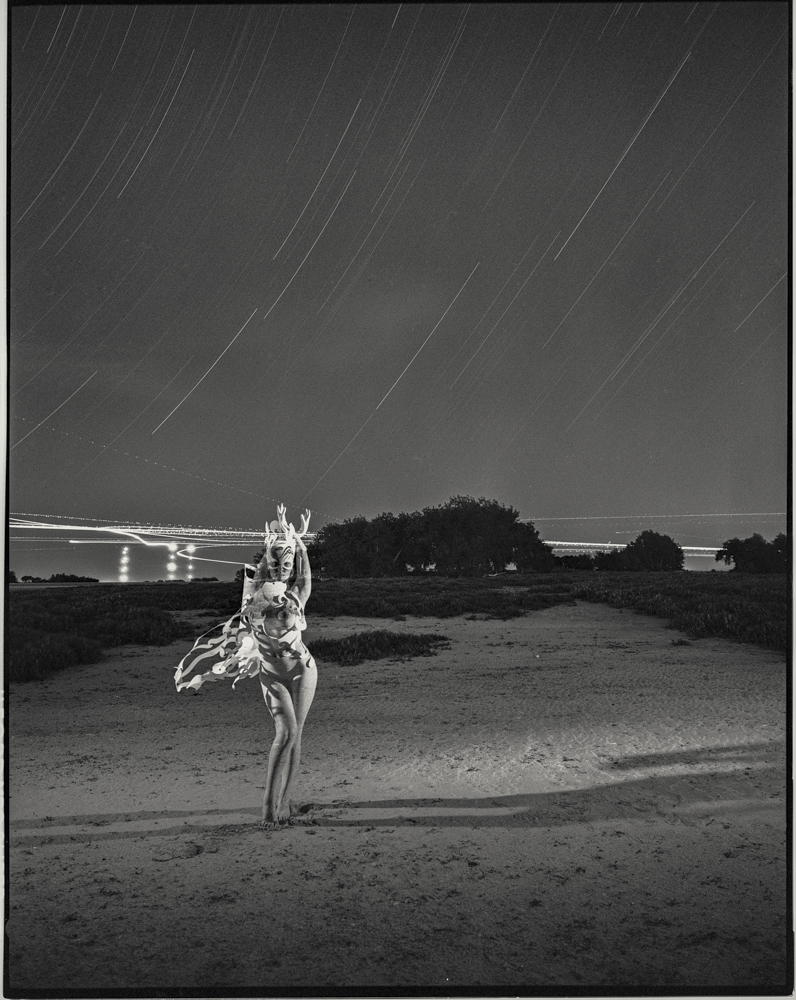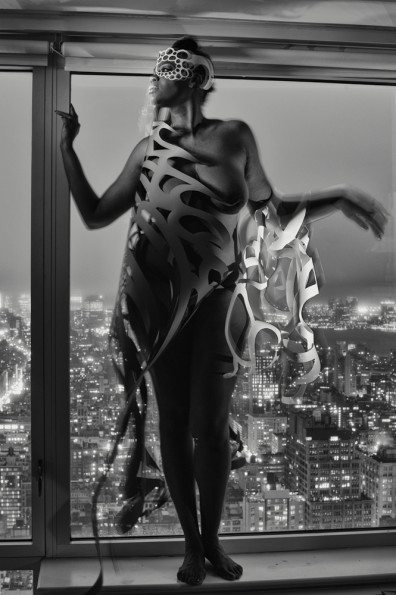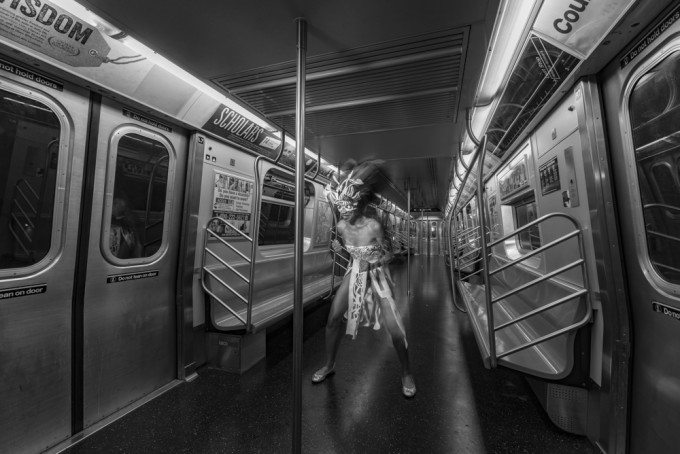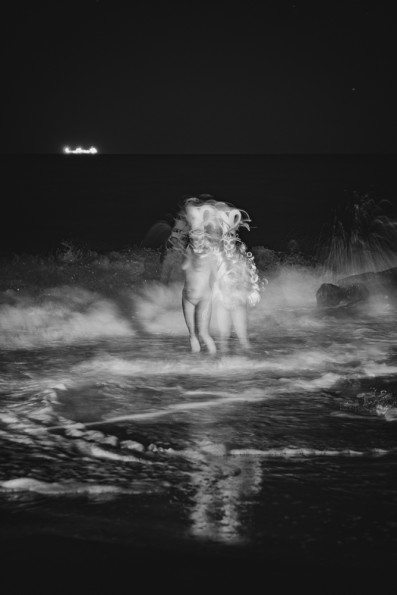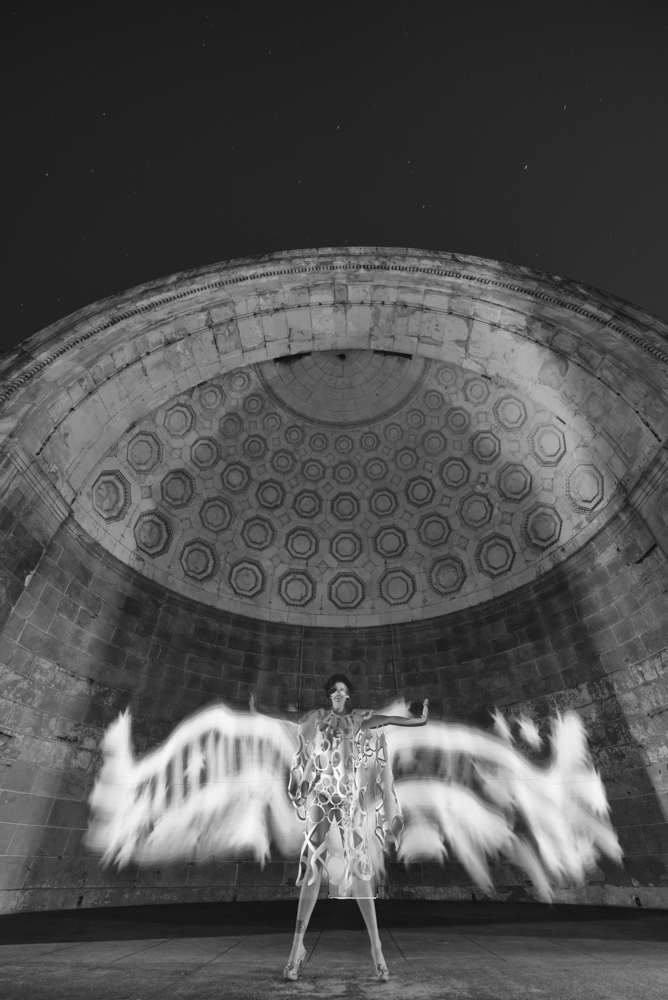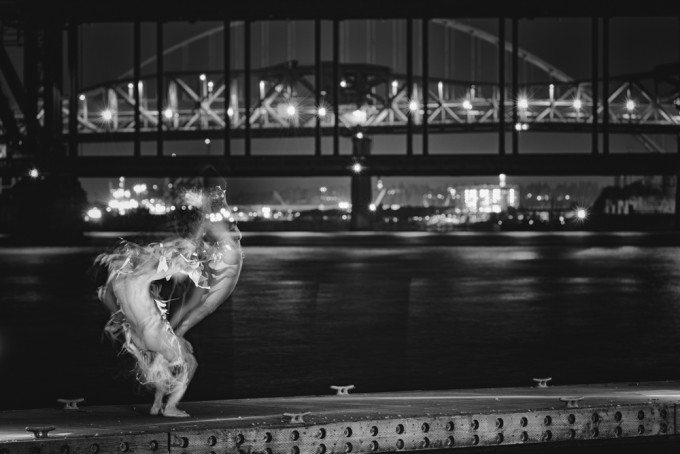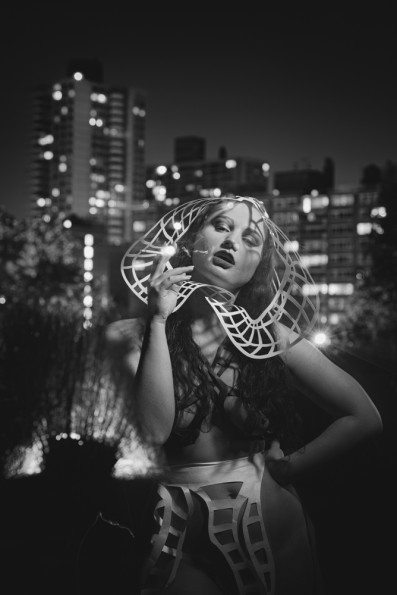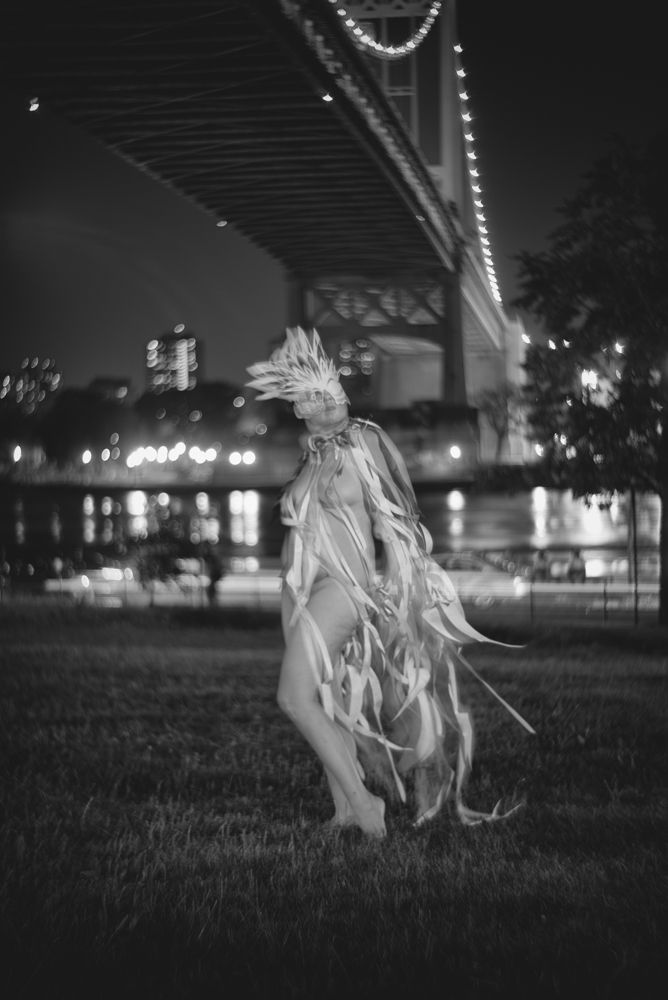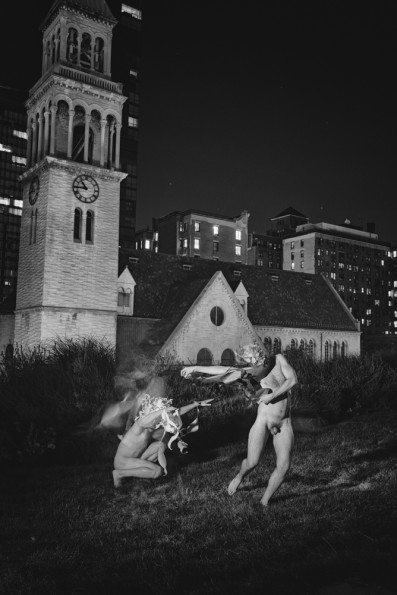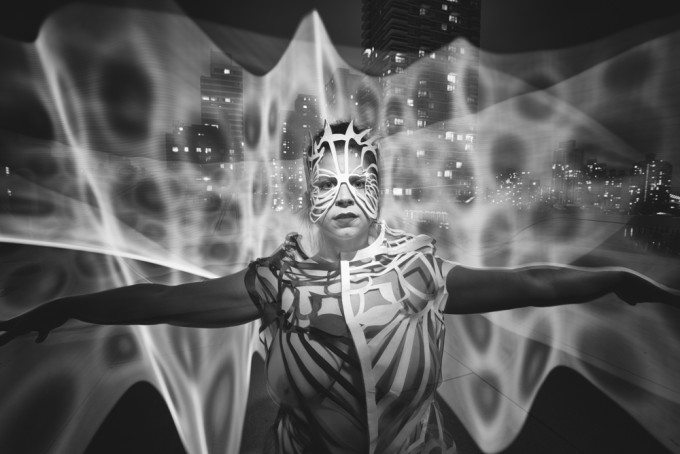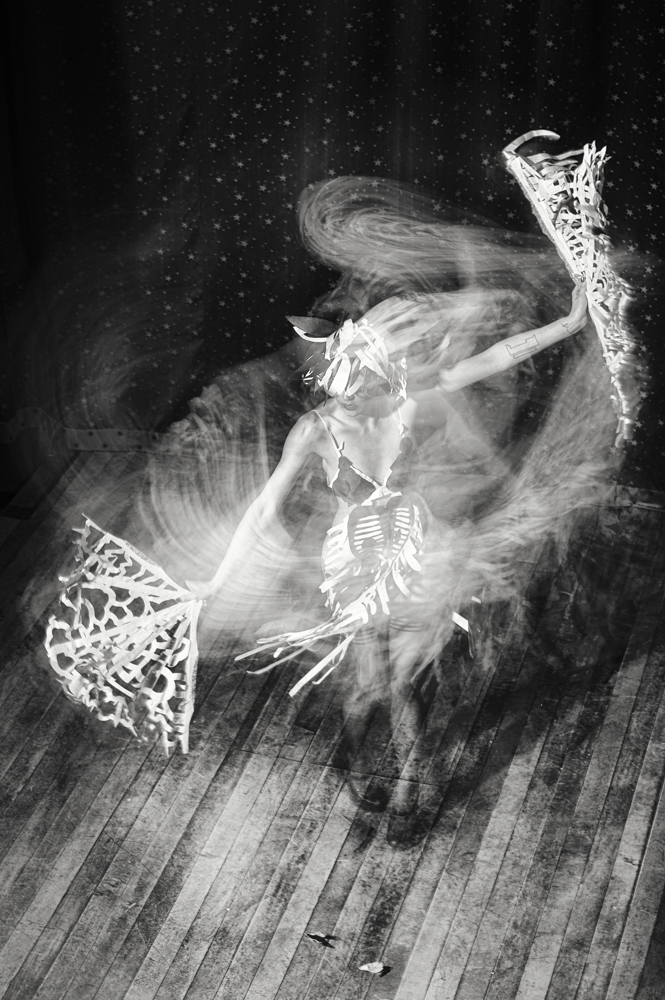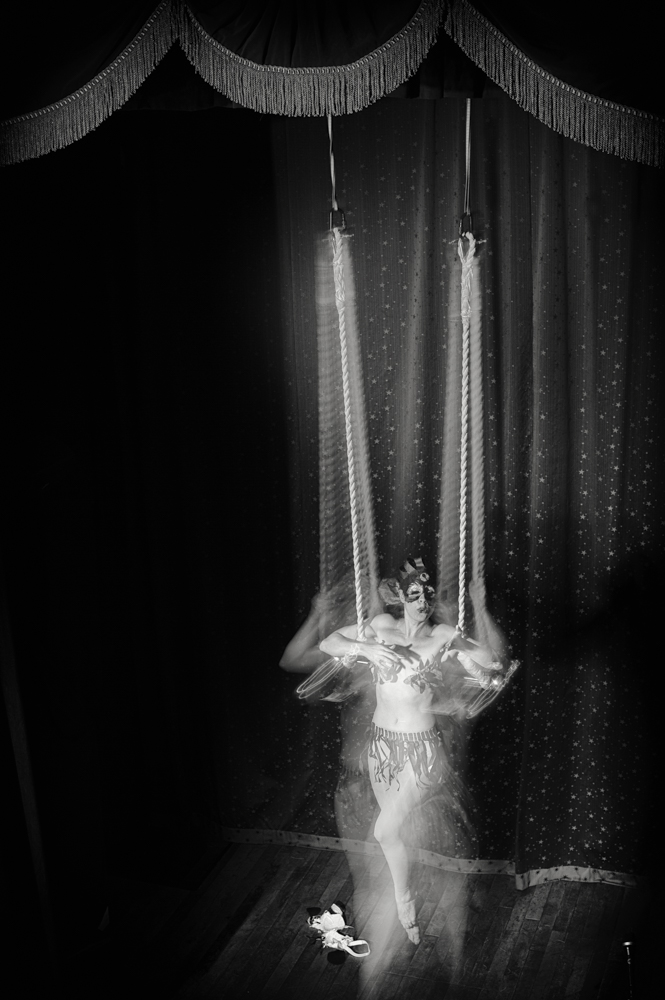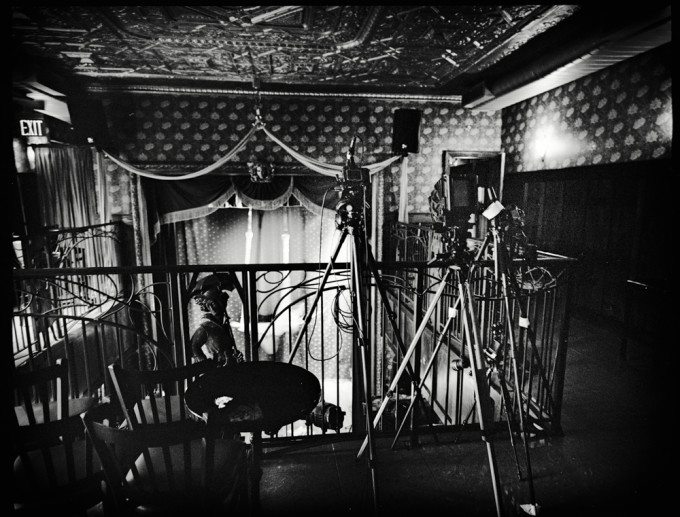Last Updated on 11/15/2015 by Chris Gampat
All images by Matt Hill. Used with permission.
Photographer Matt Hill has been shooting for many years, and amongst many of the people closely involved to the marketing involved in the photo industry, they know him as a legend. While he’s a top notch marketer and one of the heads of the Night Photography Workshops in National Parks, he’s also an artist. For years he’s had a love of night photography. Art and photography was instilled in him from a young age.
For many involved in the Burlesque community, they’ll know that he is the mastermind behind the Night Paper project. For Matt, the idea was an amalgamation of various ideas from his past and his love of night photography. But on a more personal note, it was his way of coping with a rough divorce.
Matt talked to the site about how he combined his love of night photography with his love of cut paper.
Phoblographer: Talk to us about how you got into photography.
Matt: I was exposed to photography regularly and often by family members while growing up. My father’s mother was an assiduous note-taker with her folding Kodak camera and I’ve found exposure notes for nearly every roll of her beautiful family photos. My mother’s father was also into photography and he passed that on to my Mom. Both she and my father made photos while my brother and I were growing up, but Mom had a silver darkroom in our bathroom. It was magic.
My folks gave me an SLR (Yashica FX-3 with a Tamron 24-70mm zoom) during my senior year of high school. I also coincidentally finished four years of football and my geeky friends on the school newspaper implored me to become photo editor and photographer. I gladly did it and boom – it happened. I got hooked.
It’s that memory that many of us have in seeing that first print come up in a darkroom tray. It’s knowing you can make something that lasts out of apparently nothing. And people understand it immediately–a guarantee many other arts do no have at inception. Whether they appreciate it is another matter entirely… (grin)
Phoblographer: What got you into night photography?
Matt: I think it was another combination of influences colliding, which is a theme in my life. In my childhood, we lived in Saran Lake, NY. My father took us out late one night to observe a full lunar eclipse. I remember it vividly; the moon was brown/red and I was sleepy but energized. And another winter night I saw the Northern Lights. At my grandmother’s house in Stony Creek, we saw absolutely brilliant Milky Way vistas. My neck was always craned upwards at night. I was mesmerized by stars, and of course, all of us were in our own play universes having tons of merchandise from George Lucas inspiring our fascination with Scf-Fi and later swords.
Fast forward to the mid 90’s…I was hanging out in the graveyard during college with my friend Bryan, and I brought my Mom’s tripod, a Vivitar 283 flash and a fisheye lens adapter. I wanted to make something surreal. I asked Bry to stand in front of the camera, screwed in a cable release, opened the shutter on Bulb, fired the flash off to the right and up high…and then he walked out of the frame. I exclaimed, “Why did you move away from the camera?”
Hi reply was ”you didn’t tell me to stay.”
I am so glad I forgot that detail. Out of that one mistake came a print that changed my perception of photography. I could see though his body. The town down below was ghosted through him – in a single exposure. No trickery, except time + light + motion = brain explosion.
From that day forward I have been chasing the long exposure. I’ve been experimenting with night shots that include motion, ghosting, alternate light sources, and primarily exploring how I can show the passage of time in a space most people expect to only contain a fraction of a second.
Phoblographer: Night paper is still a very important project to you and instead of necessarily displaying the images in a gallery, you chose to display the photos at a Burlesque show; how do you feel that worked out and what would you have done differently?
Matt: That opportunity was serendipity. I approached the Slipper Room to inquire about doing a shoot for Night Paper inside featuring their amazing vertical proscenium arch. When I left, not only did I have permission to do that shoot, but also an offer to have a gallery showing for a month, and a request to pitch them on doing something public and interactive with my arts in their space.
I proposed that we do a burlesque show where all the performers were clad in paper – a la Night Paper Style. And on top of that, I would make long-exposure photos during the performance.
It was glorious. We pulled off a gallery opening and a full seven-performer show in six weeks. It also destroyed me and tapped out my energy for a couple months. What I would do differently next time is have a minimum of two months to promote the program (our team did nearly all the marketing, too), plus a little more time to more carefully develop the costumes and the stories that match the acts.
And funny you mention doing it again…We’re in the middle of super-secret planning for Paper Burlesque 2!
Oops. I blew that, didn’t I?
Phoblographer: When photographers start new projects, they usually have a plan of some sort not only involving the production and distribution, but also the promotion of the project. Talk to us about what the plan was. What mistakes do you feel you’ve made and how did you learn from them?
Matt: Whew. Well, I think I had a little luck and my day profession aided me in this regard. You see, I am a night photographer… wait for it… by night! By day, I am a marketing dude. So my plan was multifold:
- have a team had out postcards at artsy events and locations
- hijack the Art Director’s Club Paper Expo with three paper-clad models
- ask some photo blogs to post up about it since it’s an avant garde photography project
- send personal emails and make personal phone calls to friends
- ask friends in the burlesque community to help us promote it
- send out a PR packet to Time Out (they came!), the NY Times and other local rags
- social media shares
What would I do differently? Not sure I would change much, since we got over 100 people to come on a rainy Sunday night. We were quite proud to nearly sell out in those conditions.
Phoblographer: Let’s talk art: Where did the inspiration for Night Paper come from?
Matt: Another crazy collision of stuff. I was going through a really emotional divorce and had a lot of negative feelings about the situation. So as to avoid doing something I would regret, I reached to art to take my mind off the negative things that had happened and those I perceived as about to happen. I was really reaching for something that help me be present and get my mind off all that junk.
A memory from high school surfaced about how one of my favorite teachers, Mrs. Schectman, showed us some of Matisse’s late-life paper art. She then handed us all shears and X-Acto knives and said – make shapes. Subtract. Play with negative space.
I remembered how I obsessively made very intricate cuts with thin, filigreed paper remaining. I had found my mental escape and poured my worst free time into therapeutic art-making. It evolved. Friends encouraged me. I made more and somewhere along the way, I made paper art because if pleased me and not as an escape.
And then one day I asked myself (because I do this all the time), “How can I combine the paper art and night photography. Boom. Brain explosion. I had a multi-year vision of dressing people only in paper fashions. I had this massive fantasy projection of dozens of scenarios with strangers making crazy, surreal portraits in relative darkness.
The funniest thing is, and I know your readers will relate to this, I suddenly got scared.
I doubted myself. Like, who would do this crazy shit with me? Who will give me permission to do this art in the places I want to? Will I like what I make? And all those other self-defeating questions we use as roadblocks to prevent taking risks.
Cut paper taught me to get over it. That process has no established school of though as to right or wrong. It’s just shapes. Make shapes. Then they relate, Encourage that. call it done. Move on. It’s just paper. The act of giving myself permission to make whatever the fuck I want is the best gift I ever got.
Phoblographer: Why the artistic choice for black and white vs color?
Matt:
1) Color is distracting if you are not very, very deliberate. In night photography, the crazy potpourri of color balances and tint for lights sources is problematic. And I already created a beast of a process that requires focusing and composing in the dark, managing a location and everyone’s safety (+ comfort!), and then establishing a working relationship where creative portraits can be born. In public. With nudes. Or darn close to nude. So yeah, I skip color correcting every light source. I also do everything in camera – no compositing.
2) I love black and white. It’s clean. It asks the viewer to look at the subject and their relationship to the light. And in the case of Night Paper, also their relationship to time. And now, with Nik Silver Efex Pro, I can truly make the looks I want come to life with minimum fuss. It’s like that darkroom tray all over again; the images come to life during the minor post-processing and B/W conversion process.
3) It’s strong, and it’s risky. We see color. So, it’s different. Being different is always risky. But via that choice I set myself apart from, I guess, like 90% of photography? So that’s a start. And there is strength in making a choice. I move forward. It’s part of my style by choice. No color for you!
Phoblographer: When it came to working with the dancers, how did you even begin to explain a project like this to them? Was there storyboarding involved? What were some of the most complicated parts of it?
Matt: Heh, heh, heh. Wow. In terms of the Paper Burlesque, it was so easy. Everyone is a professional dreamer and working on dream acts to entertain and be playful whilst disrobing. That was super-fun and the least complicated part of the process. We even did it with only one dress rehearsal! Hard to imagine.
When it comes to Night Paper, as the body of work grows, I have to explain less and less. But in the beginning, I struggled to work on a non-creepy message that basically said, “We’re going to go out into the wilderness (or city) – at night – and you will take off all your clothes, then wear this not-so-covering paper outfit while I make portraits of you that may last anywhere from 30 seconds to one hour each.” It’s a bit of a brain-bender, right? But somehow, I found one person who believed I was not insane. And then friends saw that and volunteered. And their friends saw their shoots and volunteered. It’s all word of mouth now.
I have some shoots for which I assiduously sketch out concepts, and we have a fitting. Others we just show up with a new outfit and no fitting and make it happen.
My baseline belief is that we can create a space where creativity can be encouraged to flourish. Over Planning kills that. I like not knowing everything. That way we can all collaborate on location and make something special together. Directing is too much of a one-way process for my tastes.
The most complicated parts are mastering all the technical details, adding new variables (like a pixelstick or toy lights or fire) and still having confidence that the images will work. And frankly, coordinating everyone’s schedules is also complicated, but I have someone wonderful handling that and other logistics for me. So grateful for that.
Phoblographer: I’m sure you had an artistic vision for the actual images and pieces you wanted to create, so how tedious was it to actually create the images?
Matt: Tedious is such a strong word. It’s like climbing something. You start at the bottom and keep going until you get to the top. I’m not assembling something or matching it against a meticulous, very detailed plan. It’s a location, an artist collaborator, some crazy lighting ideas and a backdrop and surrounding that helps me show the passage of time.
Every shoot gives me energy. I imagine it’s like the feeling musicians get from great audiences – it goes out and comes back and comes out and goes back. And I love the process and all its ridiculous technical details so I’d say it’s not tedious at all.
I love the shots so much that every night after we shoot (and we often get home around 2am or 3am), I edit down the whole set, process them and output them for the model to see when they wake up the next morning. I love this shit so much.
Phoblographer: One of the toughest parts for any photographer is the curation process. What were some of the deciding factors on whether an image made it into the series or not? Lead us through the thought process, was there a check list of some sort?
Matt: Permission to be right/wrong is important. I’ve given it to me.
Editing thousands and thousands of images over a couple decades helps. So does working with and consuming the photography of hundreds of pro photographers. It rubs off, I suppose.
When I am looking for successful Night Paper images, I have the following criteria:
1) Balance between arrested motion and time-bending elements.
2) Surreal situations.
3) Great sky if it wasn’t overcast.
4) Great water if we were by the waterfront.
5) A kinetic quality to the still image.
6) An opportunity for the viewer to say to themselves, “my gosh, the human body is awesome! I dig it”
I just made that up. There is no checklist. It’s me wanting to show the most amazing moments from the shoot.
I write one blog post with all my favorites. Then I add the three best images to the Night Paper Gallery on my website. That last part is the most agonizing process. Just three?!?!? Why a number! Because, it has to be something.
Phoblographer: You’re working on a new project called Paper Burlesque also still involving photography. Have you decided how this project is going to be much different?
Matt: Night Paper has a few more twists and turns I have not explored yet. But Paper Burlesque 2 is happening, and we’re stoked.
What we will do different this time is to have a professional produce the show. We’ve asked good friend, volunteer for Night Paper and Paper Burlesque and staunch supporter Clara Coquette to help us take the second iteration to another, better level. Also, we started planning a month ago and it’s happening in 2016. We can take longer than six weeks to make it happen this time. Last time was like the desperate feeling you get when binge-watching Battlestar Galactica.
There are other surprises that will be revealed at the show 🙂 Sign up for my mailing list at MattHillArt.com to get the first emails about it.


